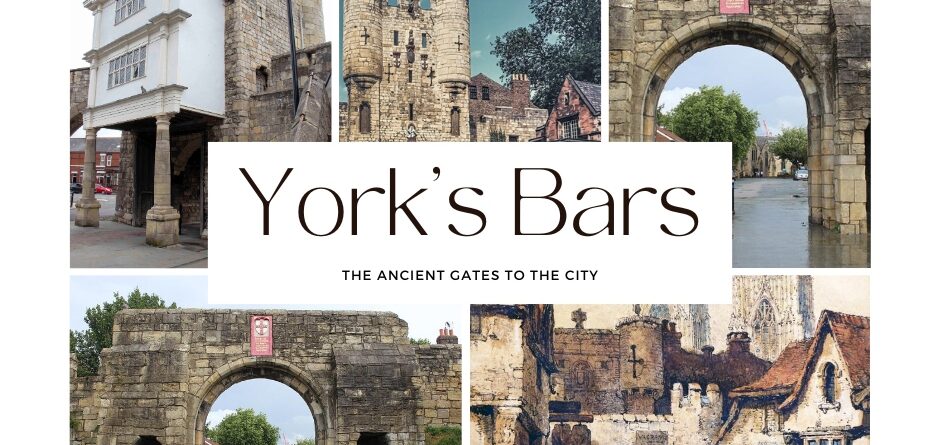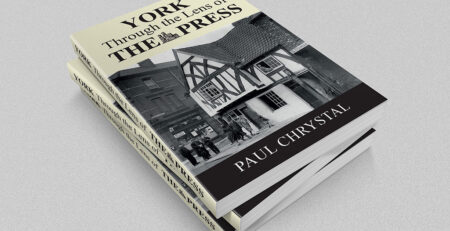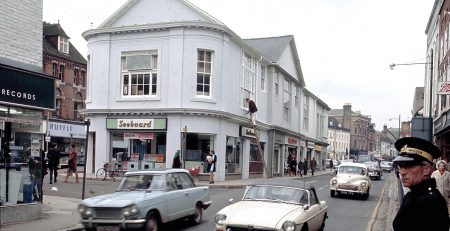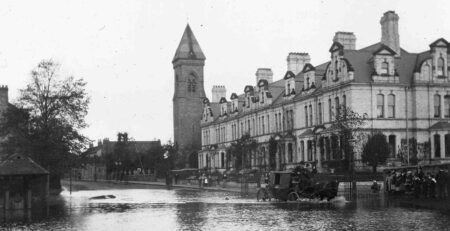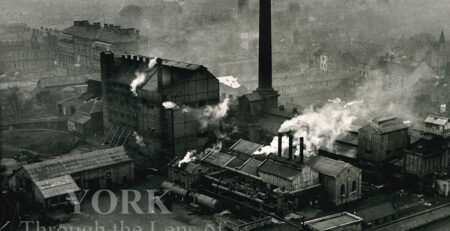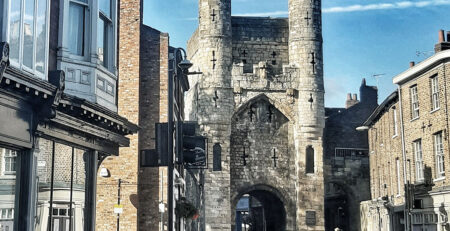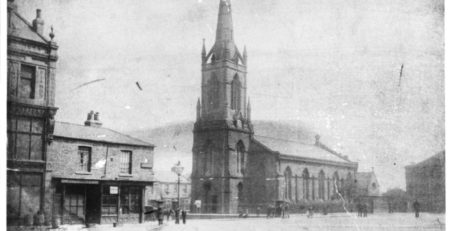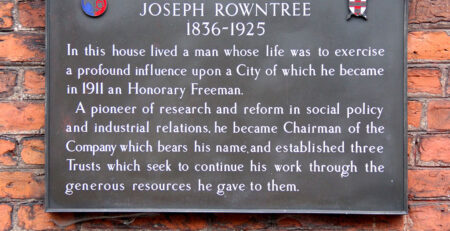Unveiling the Mystique of York’s Six Bars: A Journey through History and Heritage
York, the ancient city in northern England, is renowned for its rich history and heritage. Among its many historical treasures, the city’s six bars stand tall as stoic guardians, bearing witness to centuries of triumphs and trials. In this article, we embark on a fascinating journey to explore the stories behind these remarkable structures, delving into their significance, architectural wonders, and the tales they tell about York’s past.
The Intriguing Role of York’s Bars in History
The term “bars” in York refers to its medieval gateways, which were an essential part of the city’s defensive walls. Built between the 12th and 14th centuries, these imposing structures served as entrances and exits, each with its unique charm and historical significance. The bars not only protected the city from invaders but also controlled access, regulated trade, and played roles in various historical events.
Micklegate Bar: The Royal Gateway
Micklegate Bar, the grandest of York’s bars, served as the royal gateway, welcoming reigning monarchs into the city with pomp and splendor. Its imposing towers and battlements once stood as a symbol of authority. This bar witnessed the heads of traitors displayed on spikes, and it played a pivotal role during the 1644 siege of York in the English Civil War.

Bootham Bar: A Glimpse into the Past
Bootham Bar, known for its distinctive barbican, gives us a glimpse into the city’s past architecture and its medieval streets. Its historical significance lies in its connections to notable figures like Thomas Mowbray and the Earl of Manchester, as well as the removal of the barbican due to public complaints.
Fishergate Bar: A Gate to Selby
Fishergate Bar, also called St. George’s Bar, held a vital strategic position as it was near the wall-less swamp known as the King’s Fishpond. This bar witnessed the imprisonment of rascals and lunatics during Elizabethan times and suffered damage during the Yorkshire Peasants’ Revolt.
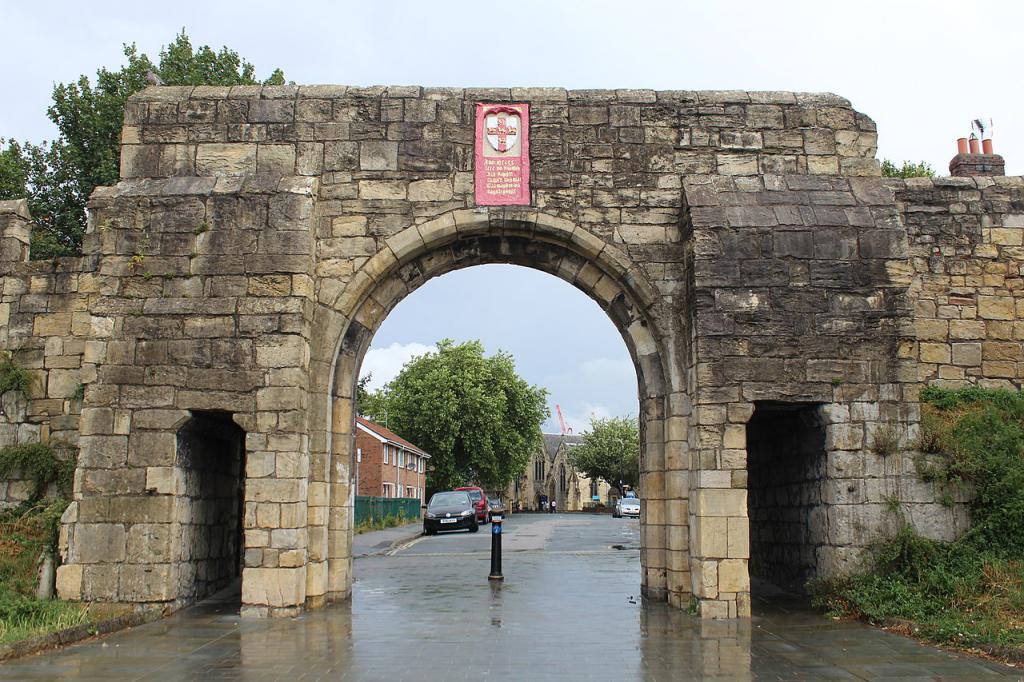
Victoria Bar
This bar was built in 1838 and named after the new Queen. It gave access to the city in the Nunnery Lane/Bishophill area. The gate consists of a central archway with two flanking pedestrian arches. The two additional arches were created in 1864 and 1867. During construction an earlier archway was uncovered, which showed signs of having been hastily blocked up. This was probably the 12th century Bar known as Lounelith, or ‘secluded gate’; the blockade was possibly part of the strengthening of the city’s defences in the Northern Rebellion in 1569.
Monk Bar: A Fortress and Prison
Monk Bar, the tallest of York’s bars, stands as a testament to its self-contained fortress design. With loopholes, gun ports, and murder holes, this bar was a formidable stronghold during its time. In the 16th century, it served as a prison for recusant Catholics, like Robert Walls, who was imprisoned for ‘drawing blood in a fray.’

Walmgate Bar: A Survivor of Wars
Walmgate Bar, with its barbican, portcullis, and 15th-century oak doors, is the only surviving town gate in England with such intact structures. It was damaged during the Civil War Siege of York but was restored with parliamentary support.
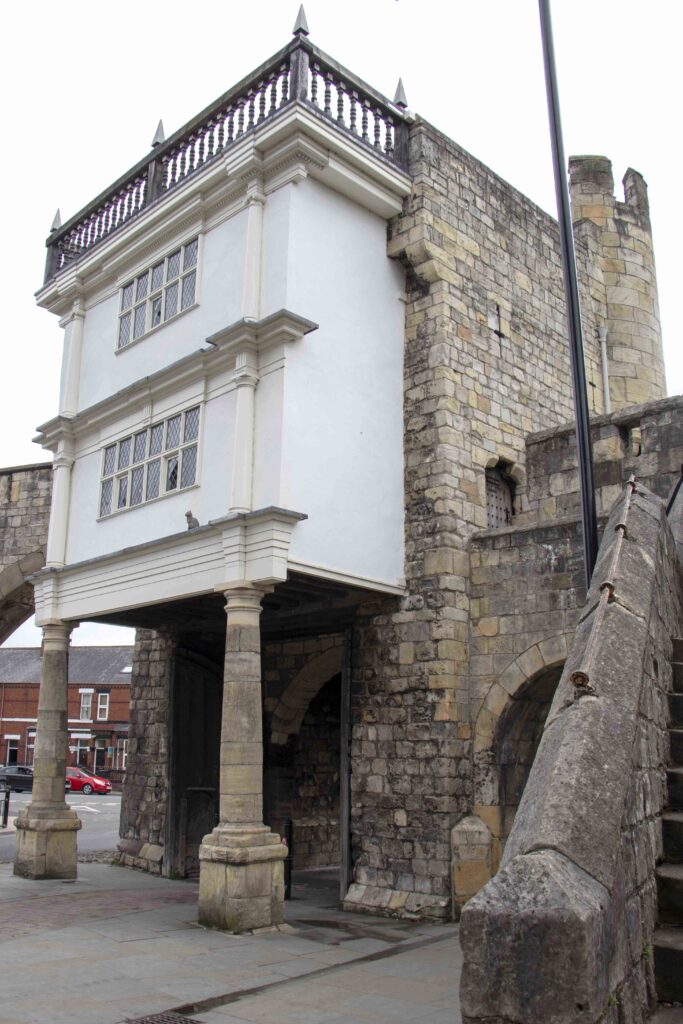
Fishergate Postern: The End of the Medieval Walls
Fishergate Postern Tower marks the eastern end of the medieval walls near the Red Tower. The tower was originally named the Talken Tower after Robert de Talken, a prominent citizen. Later, it was rebuilt as the Fishergate Postern Tower and survived to this day.
York’s six bars serve as tangible links to the city’s past. These grand gateways have withstood the test of time, bearing witness to the transformation of York from a medieval stronghold to a bustling modern city. The stories they hold are not only a testament to the resilience of the city’s heritage but also a source of inspiration for future generations to preserve and cherish the rich history that lies within these remarkable structures. As we walk through the gates of York, we step into a time machine that connects us to the events and people who shaped this magnificent city over the centuries.
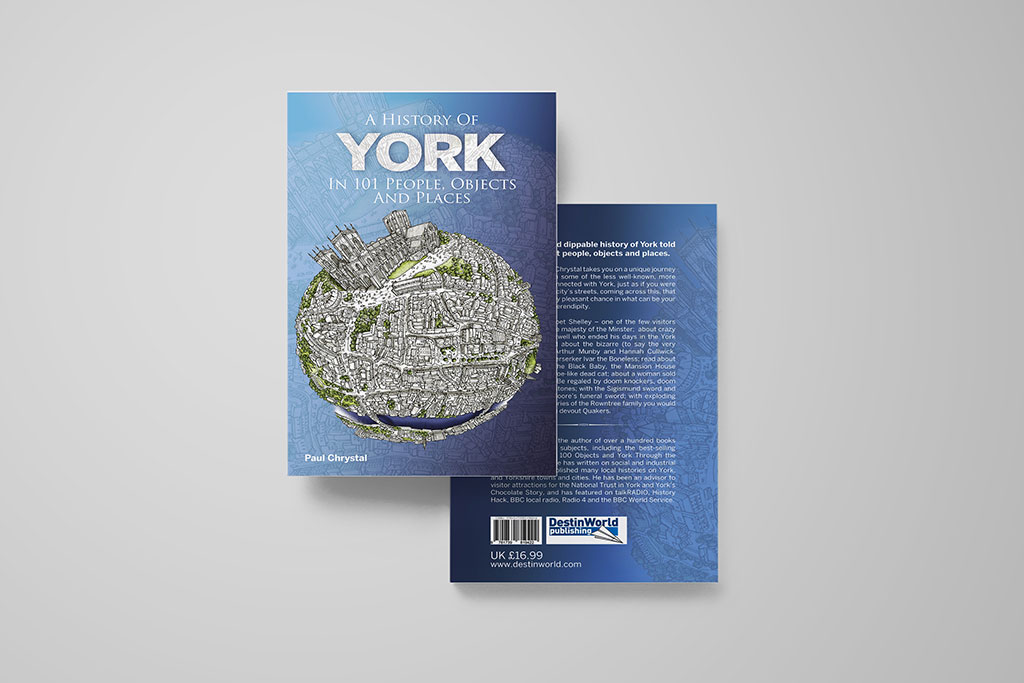
A History of York in 101 People, Objects & Places
York’s bars are just one of the 101 entries in this fascinating book on the history of York. From famous places to little-known stories of the people and events that shaped it, author Paul Chrystal has curated an intriguing guide through the city’s past.


